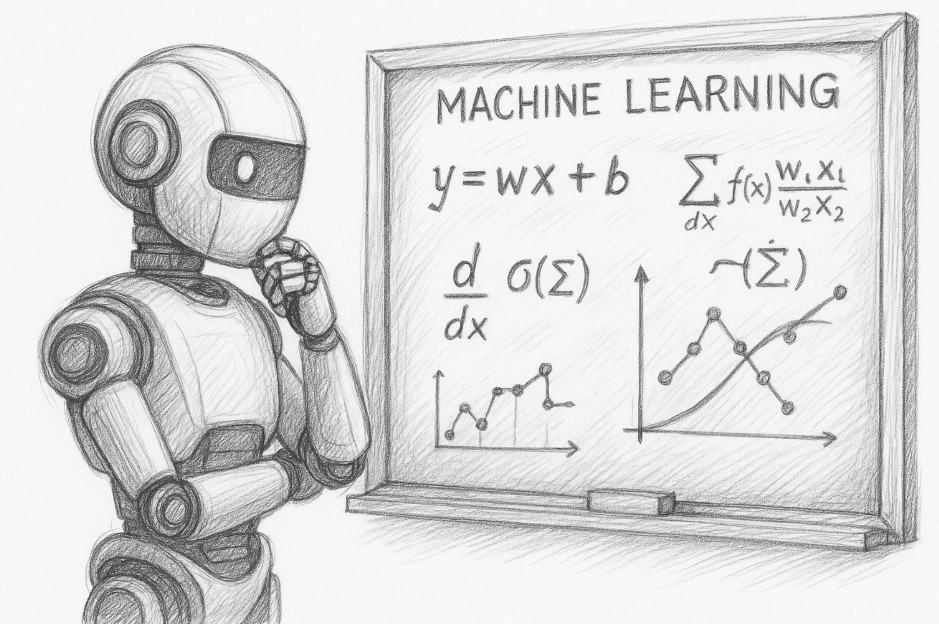The Intelligent Efficiency Revolution
In today’s business landscape, automation and machine learning (ML) have become strategic pillars for achieving efficiency, reducing costs, and increasing productivity. Companies seek not only to optimize their resources but also to improve the quality of their internal processes and customer experience.
The combination of Machine Learning (ML) with Robotic Process Automation (RPA) is radically transforming the way businesses operate. These technologies allow systems to learn from data, detect patterns, and execute repetitive tasks with precision impossible for humans to achieve, freeing up time for more creative and strategic activities.
🔍 Why it’s a key trend
Modern businesses face constant pressure to do more with less. Automation and machine learning offer the perfect answer to that need. Their adoption reduces human errors, accelerates decision-making, and maintains 24/7 operational continuity.
ML is capable of analysing large volumes of data, recognizing behaviours, and making accurate predictions, while RPA executes repetitive actions such as sending emails, generating reports, or validating data in seconds.
This synergy creates a more agile, productive, and profitable organization.
💡 Main Benefits
Automated internal processes:
From email management to report creation and data analysis, automation reduces the time spent on administrative tasks.
Productivity increases of up to 40%:
Recent studies show that combining ML + RPA improves overall staff performance by reducing operational burden.
Error reduction and increased accuracy:
Algorithms learn from data, eliminating human errors and improving consistency in results.
Scalability and adaptation:
These solutions easily adapt to business growth, regardless of its size or sector.
Improved customer experience:
By automating interactions and responses, companies can offer immediate, personalized, and consistent service.
⚙️ Competitive advantages
Improves efficiency and reduces execution times.
Facilitates business decisions based on real-time data.
Increases customer satisfaction through fast, personalized responses.
Optimizes human resources by freeing staff from repetitive tasks.
Allows operations to scale easily, adapting to business growth.
⚠️ Challenges and disadvantages
Requires specialized technical knowledge for system configuration and integration.
Requires constant maintenance, as algorithms must be updated based on new data.
Potential resistance to change within the human team, which must adapt to new digital flows.
🧠 Examples of successful implementation
Amazon and its recommendation system: uses machine learning to analyse purchasing habits and offer personalized suggestions, increasing cross-selling.
UiPath and Blue Prism: Leading RPA platforms used by banks and insurers to automate processes such as document verification and claims management.
Microsoft Power Automate: Enables small and medium-sized businesses to create automated workflows without advanced coding.
